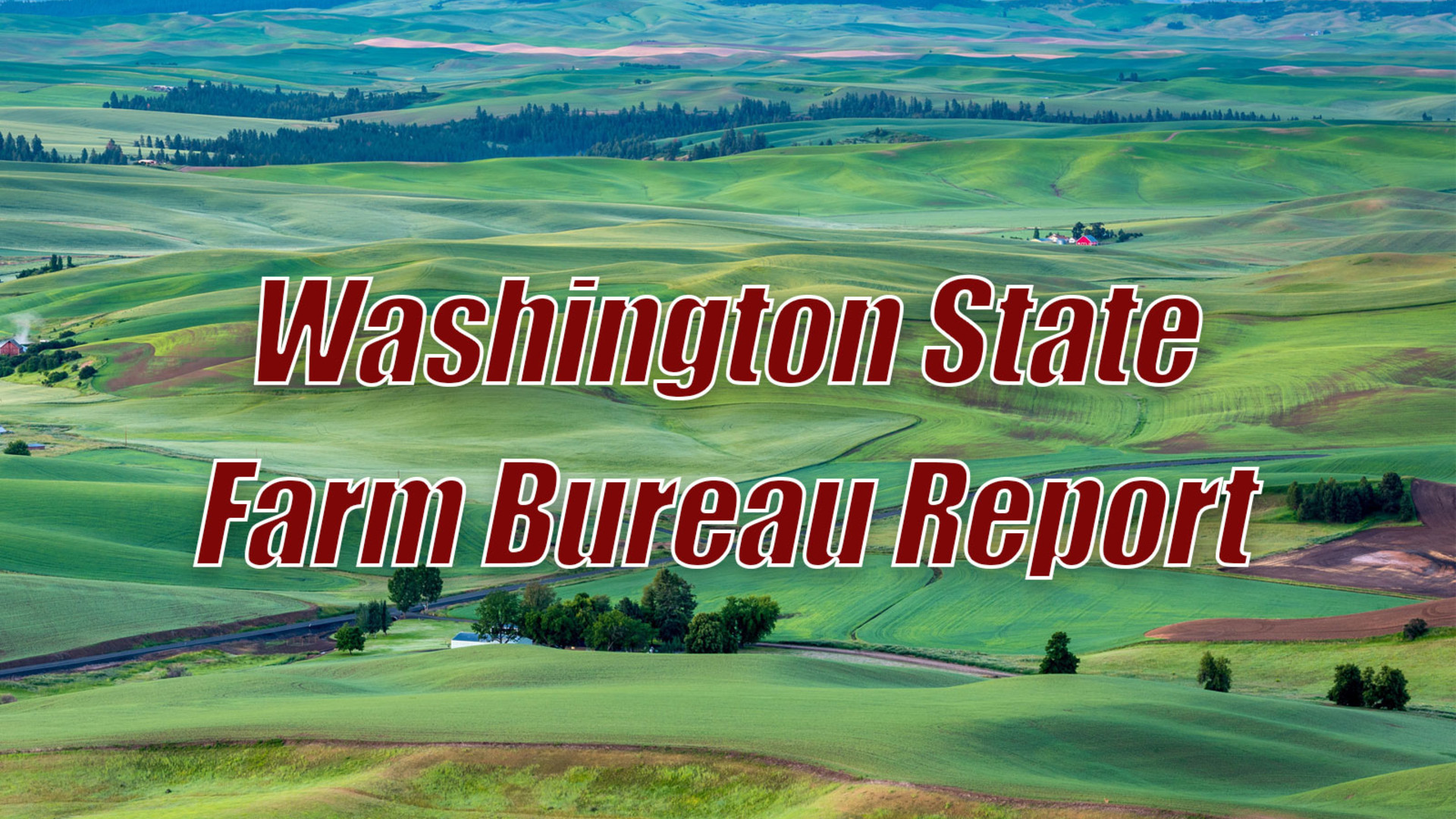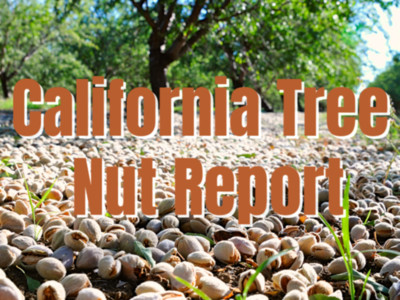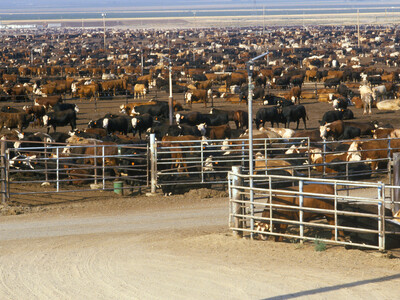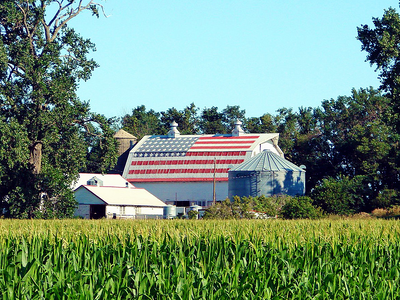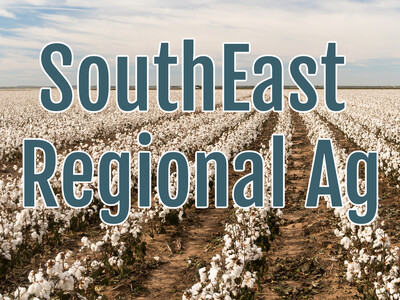Biological Control Agents
Biological Control AgentsI'm Lacy Gray with Washington Ag Today.
Biocontrol is just one of the many tools available for weed control on vacant land, rangeland, pastures, conservation lands and large areas that aren't going to be mowed or tilled up. Jennifer Andreas, Director of the WSU Extension Integrated Weed Control Project, gives some insight as to the types of weeds biocontrol works best with.
ANDREAS: Some of the great successes we've seen in Washington have been on Diffuse Knapweed, Dalmatian Toadflax and Purple Loosestrife; those are some of our best biocontrol programs.
Andreas says the insects and mites that they work with are very host specific; so they only attack the weed species for which they are intended.
ANDREAS: The foliage feeding beetles in particular, the Galerucella beetles, they have been able to really bring Purple Loosestrife populations down in our wetlands across North America. So, that one's been incredibly successful. And then with Dalmatian Toadflax we have a stem mining weevil that works incredibly well and has really reduced populations across Washington state, and now I would say our populations are pretty well in check from that biocontrol agent.
Project staff collect USDA approved biocontrol insects from Washington and neighboring states and distribute them throughout Washington on large scale weed infestations, following the International Code of Best Practices for Classical Biological Control of Weeds. There is no cost to landowners and land managers. For more information contact Andreas directly at 253-445-4657, or visit invasives.wsu.edu.
That's Washington Ag Today.
I'm Lacy Gray with the Ag Information Network of the West.


